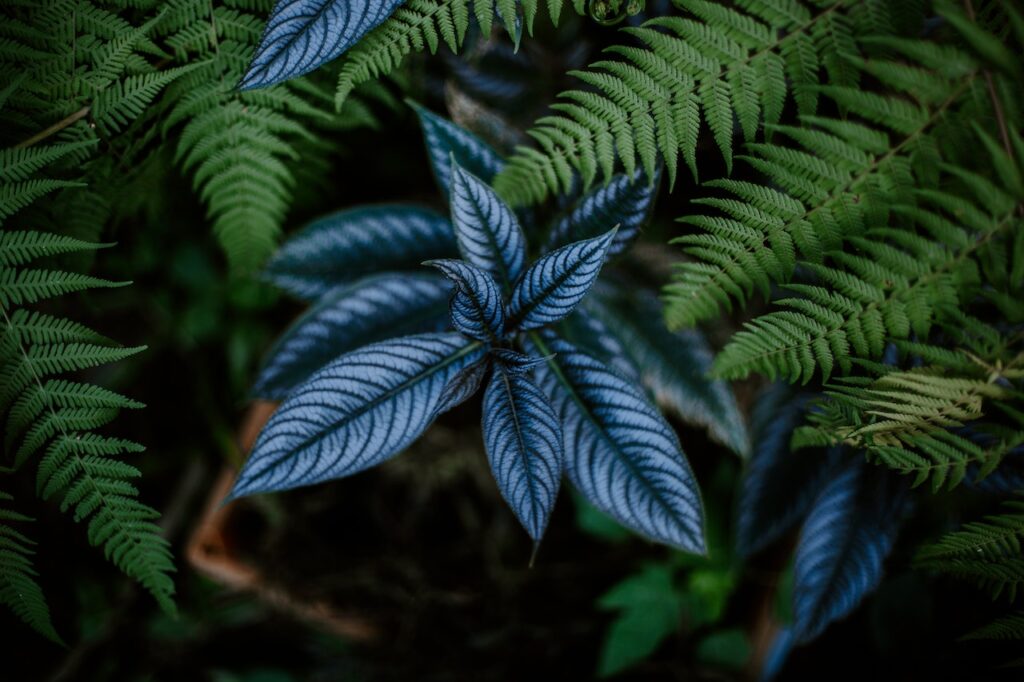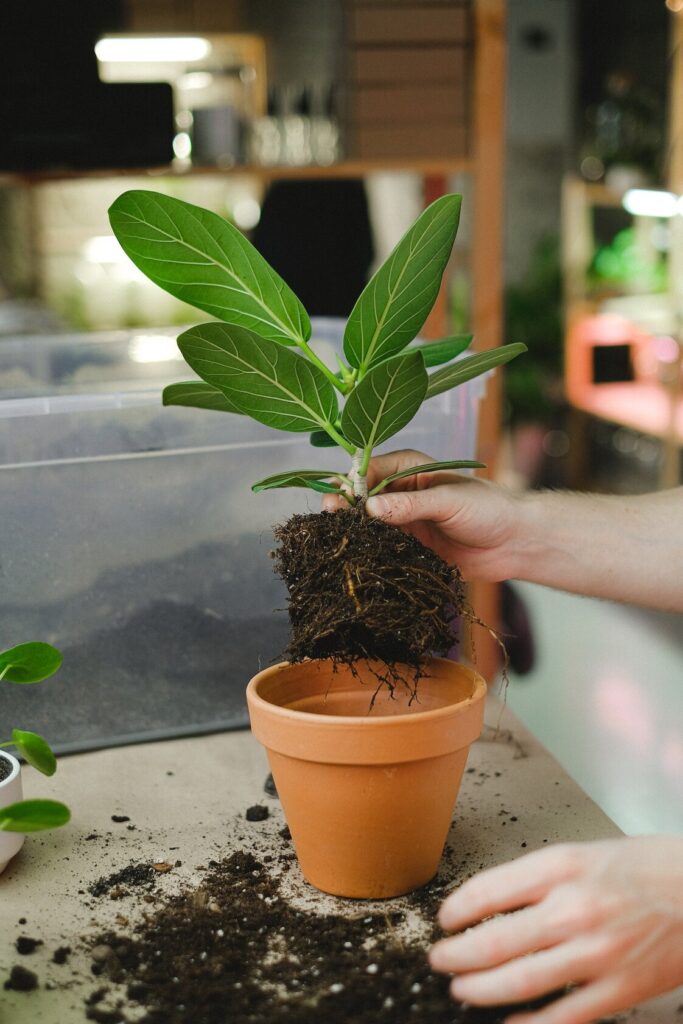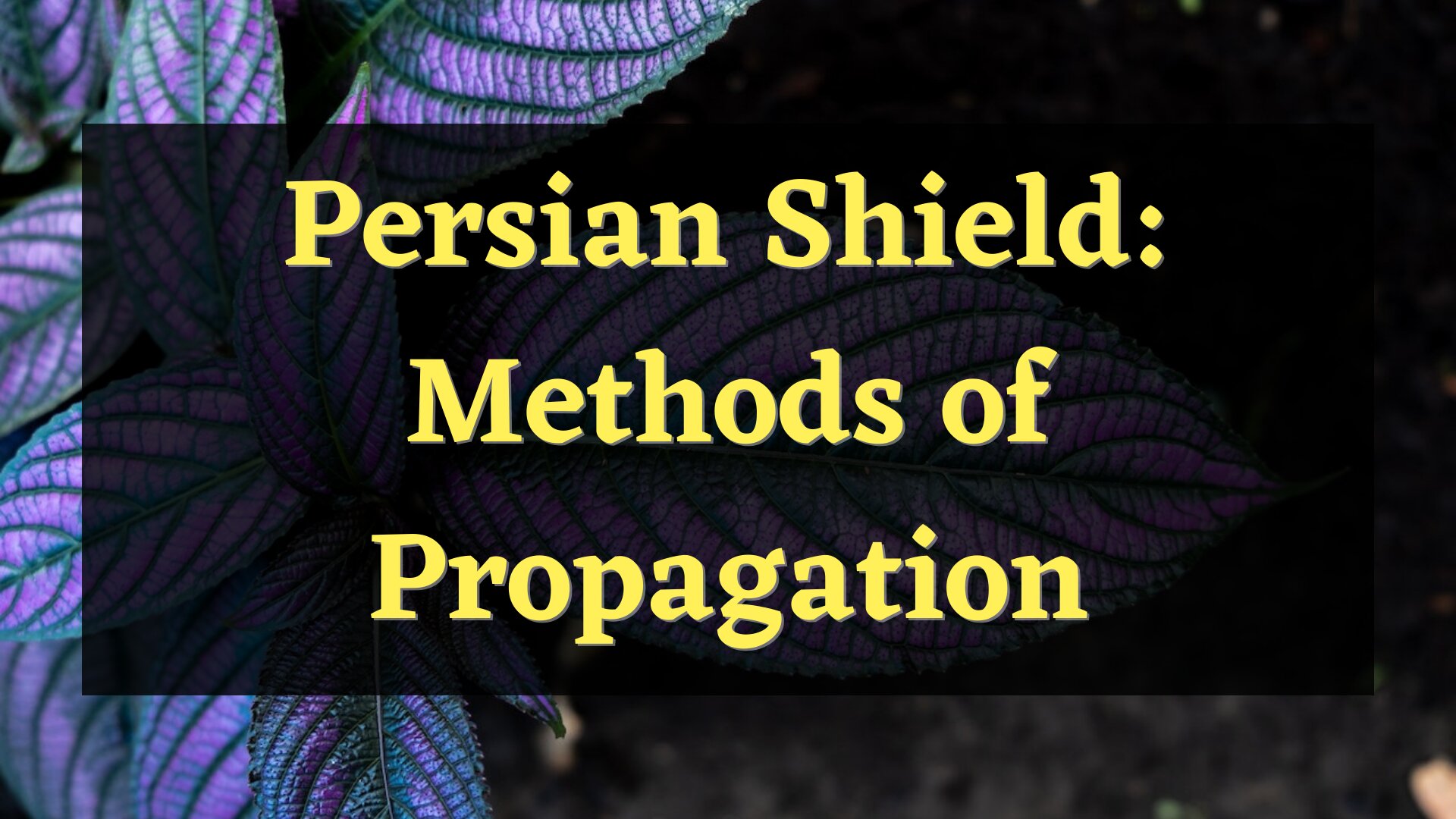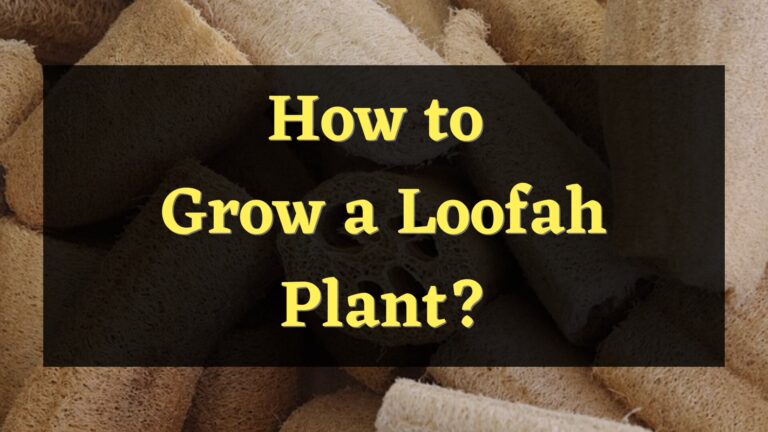Persian Shield plants can be propagated from cuttings and seeds. Propagating and growing it from cutting is easier and more effective than seed propagation. Knowledge about the propagation of Persian Shield plants will effectively increase your plant collection without any cost. Spring and summer are the best seasons to propagate them effectively. It becomes bushy and grows quickly in a humid and warm environment. In this article, the propagation of this plant will be discussed thoroughly.
About Persian Shield
Persian Shield is an ornamental plant that is native to Myanmar. It belongs to the Acanthaceae plant family. Its lance-shaped leaves have an iridescent purple with green overlaid and silver metallic sheen leaves. The typical length of its leaves is 4 to 7 inches and its width is 3 inches wide.
A mature Persian Shield plant typically grows to a height of 5 feet. It grows smaller and the color of leaves fades in cold weather. It grows as an evergreen subshrub in places with hot climates. It grows as an herbaceous perennial or annual plant in places with cold climates.
Is it easy to propagate a Persian Shield plant?

The level of difficulty of propagating the Persian Shield plant depends on the method that you will use. Persian Shield plant is easy to propagate through stem cuttings. It can also be propagated through seeds but it will take a lot of time and effort. The best season to propagate the Persian Shield plant effectively is in spring or summer.
How to propagate a Persian Shield plant?
Persian Shield plants can be propagated from cuttings and seeds.
Steps in propagating from seed
1. Prepare all the materials
The materials that you will need are seeds of the Persian plant, a pot, water, and well-draining soil. The best season to plant the seeds is in spring and late winter. The ideal temperature for the seeds to germinate effectively is 16 degrees Celsius.
2. Get seeds of the Persian Shield Plant
You can get seeds from the plant or purchase them. Read the instructions on the packaging of the seeds when you purchase them to grow them properly.
3. Plant seeds in the pot
Plant 2 to 3 seeds with 0.25 inches depth in well-draining soil. Make sure that there is a good distance between them. Water it sparingly until it the soil becomes moist. Cover it loosely with plastic wrap or a humidity tray to lock in the moisture. The seeds will start to germinate within 2 to 3 weeks. Proper care and attention will accelerate the germination of seeds.
4. Transfer it to a new pot
When a few pairs of leaves grow out, it is ready to be transferred to a new pot. The root ball of the plant must be included when you transfer it to prevent transplant shock. Use a well-draining potting mix to keep it hydrated.
5. Monitor it regularly
Regular monitoring will keep the plant in good condition so that it will grow faster. Take good care of the plant by maintaining the right temperature and humidity in the environment, putting it in a shaded area, and watering it regularly.
Steps in propagating using the cutting method
1. Prepare all the materials
The materials that you will need are a healthy and mature parent plant, water, rooting hormone (optional), a well-draining potting mix, a pot, and plastic wrap.
2. Cut 4 to 5 inches of stem from a parent plant
Stems must be cut before the plant blooms. If blooming has occurred, you must wait for the plant to cast off its flowers. Cut a stem from a healthy and mature Persian Shield. Make a diagonal cut beneath the node of the stem. Take off the leaves on the bottom of the stem and dip them in a rooting hormone to accelerate the development of its roots.
3. Root it in water or soil
The cuttings of the Persian Shield plant can be rooted in soil or water.
Rooting stem cuttings in water. Put 3 inches of water in a tall and transparent container. Freshwater or distilled water can be used in rooting the cuttings. Change the water frequently to keep it clean and prevent bacterial growth. If the container has a wide opening, you can cover its top with plastic wrap to keep it steady. The roots will be developed within 1 to 2 weeks.
Rooting stem cuttings in soil. Plant the cutting in peat moss or any well-draining potting mix. Cover the cuttings loosely with plastic wrap to lock in the moisture. Remove the plastic wrap daily for a few hours to let the plant breathe. Mist the plant before you cover it again with plastic wrap.
4. Transfer it to a new pot
When it develops numerous 1-inch length roots, it is ready to be transferred to a new pot. Bury 1 to 2 inches of stem in the soil. Put more soil around the stem and pat it gently to secure and keep it steady.

5. Put it in a warm and bright area
Persian Shield grows taller and its leavers glow better in a humid and warm environment. You can put it in a window or any shaded area to protect it from too much heat. Put it indoors when the temperature drops below 15 degrees Celsius.
Does Persian Shield plant like sun or shade?
Persian Shield plants like the partial shade because this condition provides a balanced temperature. It is adaptable to any environmental condition, that’s why it can also handle hours of direct sunlight. The sun exposure of the Persian Shield depends on your location. In northern areas, it grows better in full sun, while in southern areas it grows better in partial shade. The amount of sunlight that it receives affects the color of the leaves and the height of the plant. The other factors that must be considered to balance its temperatures are soil, water, and humidity.
Conclusion
Persian Shield plants have visually appealing leaves that make them a beautiful addition to your plant collection. In this article, the steps for the propagation of Persian Shield plants from cuttings and seeds are discussed. Stem cutting is the easiest and most effective method of propagating it. Propagation of Persian Shield plants using seeds takes a lot of time and effort because it must be monitored carefully to ensure that it will germinate effectively.

Elizabeth Mcmillan is a passionate gardener with a strong interest in plants. She used to be a teacher, but Elizabeth has spent the last few years immersing herself in the world of plants, learning about their biology and cultural value and trying out different ways of growing them in her own garden. Elizabeth Mcmillan loves indoor plants, succulents, and cacti, and her friends and family know her as a plant care expert.








